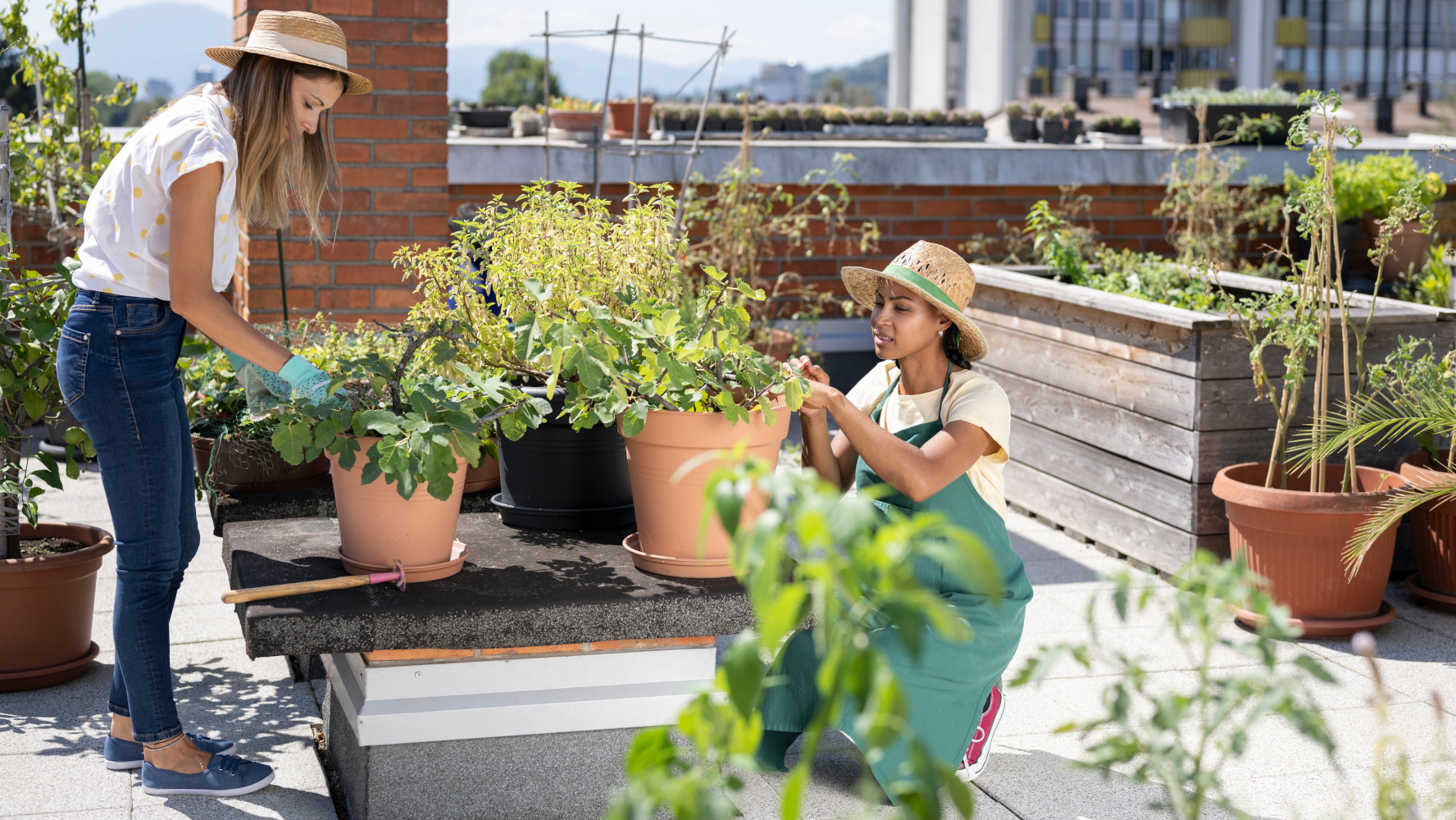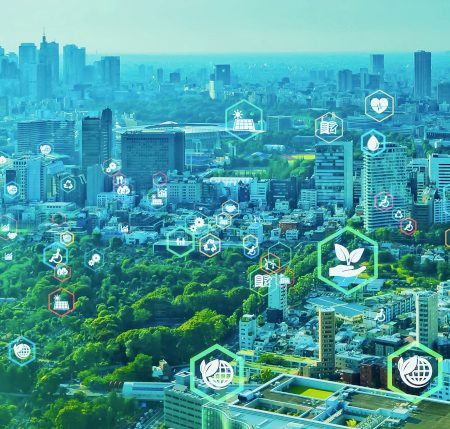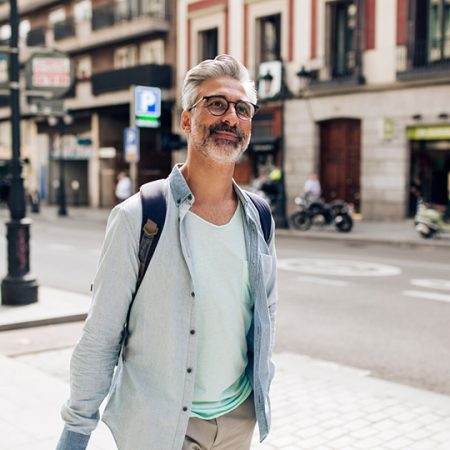When we want to know the monetary value of a property, there are reliable metrics we can use: price per square foot, sales data, return on investment and so on. But how do we measure social value – that intangible “S” in ESG that is both difficult to define and tricky to quantify?
Social value in property is, in essence, all about the relationship a building or development has with the local community. However, the impact a property has on people’s wellbeing, mental health and sense of inclusion – while considerable – may, unfortunately, be unquantifiable.
Community space
Giving communities something they need, rather than simply indulging in a box-ticking exercise or turning a profit, requires a different mindset.
A UK developer undertaking a new apartment building with, for example, 30,000 sq ft of ground floor space, could quite easily fulfil its Section 106 obligations by installing a supermarket. But would it be the best amenity to suit its location? Maybe the area already has enough supermarkets, but is crying out for a sports or cultural facility.
In Holland Green, a 54-apartment residential scheme in west London, the developer, rather than leasing space to a supermarket chain, directed funds towards a different community resource.
This is how the Design Museum came to sit at the heart of this Kensington development. The museum was given income from the development and has had its rent waived for the next 375 years. It brings vibrancy to the area, with more than half a million people passing through its doors every year, and provides a safe, welcoming and stimulating space for all ages.
In Taylor Street Apartments, a mixed-use, mixed-income development in Chicago, Illinois, communal living for residents and community-building for the neighbourhood are integrated seamlessly. The library at the corner of the site activates the ground floor and enhances the connection with the neighbourhood.
Thinking differently
Developers such as Dominus are leading the way when it comes to thinking inventively about the social role of real estate.
During the Covid-19 pandemic, when lockdowns made its plans for a 400-room hotel in Holborn Viaduct unviable, Dominus opted to create student accommodation instead, which will have 644 purpose-built units when completed.
It built a public walkway through the site, linking Thameslink station with the new Museum of London, and opened up the ground floor for cultural and community use, including pop-up shops leased at reduced rates to creatives.
Dominus also created a “meanwhile use” community garden that involved hundreds of volunteers, attracted thousands of visitors and has inspired dozens of community projects.
At 65 Crutched Friars in the City of London, another of the developer’s student living schemes will permanently house the newly located Museum of Migration in its 30,000 sq ft ground-floor space. It is a perfect illustration of how there can be far greater worth to a development than simply the housing it provides.
A museum wouldn’t always be a social success, however – careful thought needs to go into matching community needs to social solutions. There will be precedents and case studies, but the social value of a development varies as much as the people in the community it serves.
Intergenerational living
Although the idea of purpose-built intergenerational living is less culturally entrenched in the UK and the US than in, say, Italy or India, it has the potential to mitigate numerous problems. While the young struggle to find accommodation away from the family home that they can afford and new families struggle with the costs of prohibitively priced private childcare, caring for elderly people piles pressure on to the public health systems.
Intergenerational apartments connected by balconies, and traffic-free housing developments – whose low fences, shared allotments and play areas encourage old and young to look out for each other – are just some of the ideas being explored in pioneering UK schemes.
Intergenerational housing has become a growing trend within the US senior living sector in recent years. The Washington, D.C-based non-profit Generations United estimates there are more than 200 intergenerational shared sites across the US, with untapped potential to develop more.
Creating a diverse and healthy community for people of all ages and family structures is a core value for NREP’s UN17 village in Copenhagen. There will be a mix of family dwellings, co-living spaces and senior accommodation, as well as communal spaces, including greenhouses and food-sharing facilities, for residents and local people.
More inclusive schemes like these don’t just tackle simple design issues, such as shelves being too high or too low, leading to accidents and trips to A&E for older residents. They also reduce feelings of isolation and depression and promote inclusion and social engagement. The real estate sector – perhaps more than any other – could have a pivotal role in transforming healthcare.
When we put people front and centre in a building’s design and purpose is when it achieves its greatest value – in every sense.



